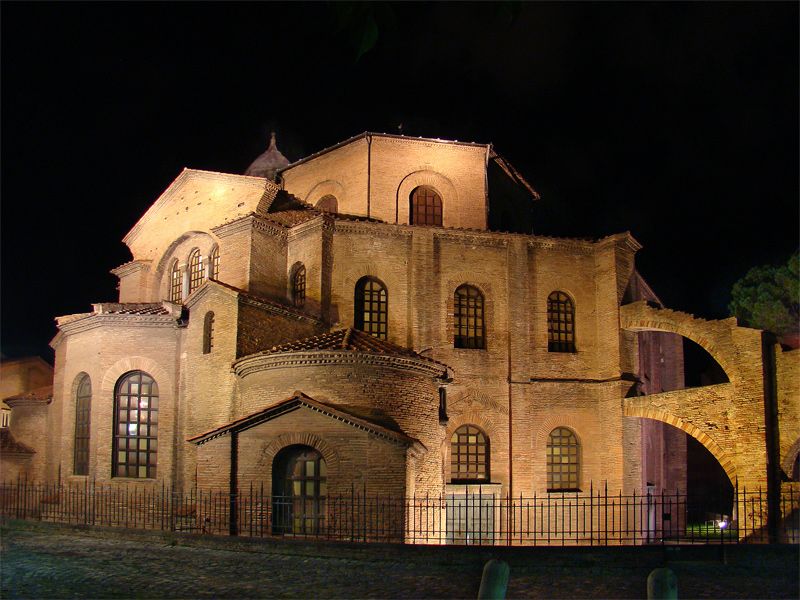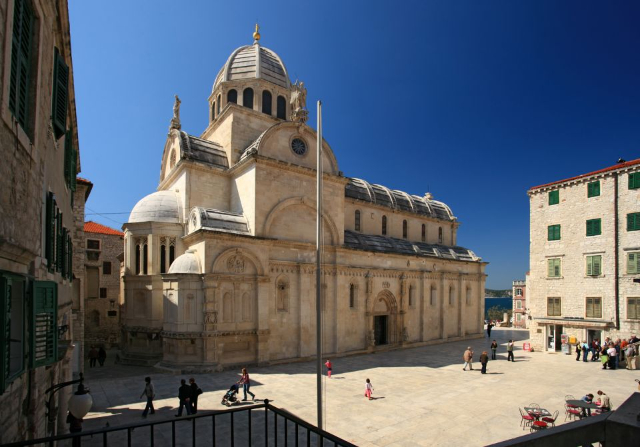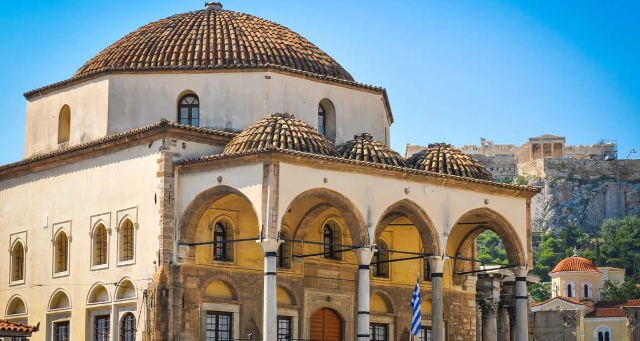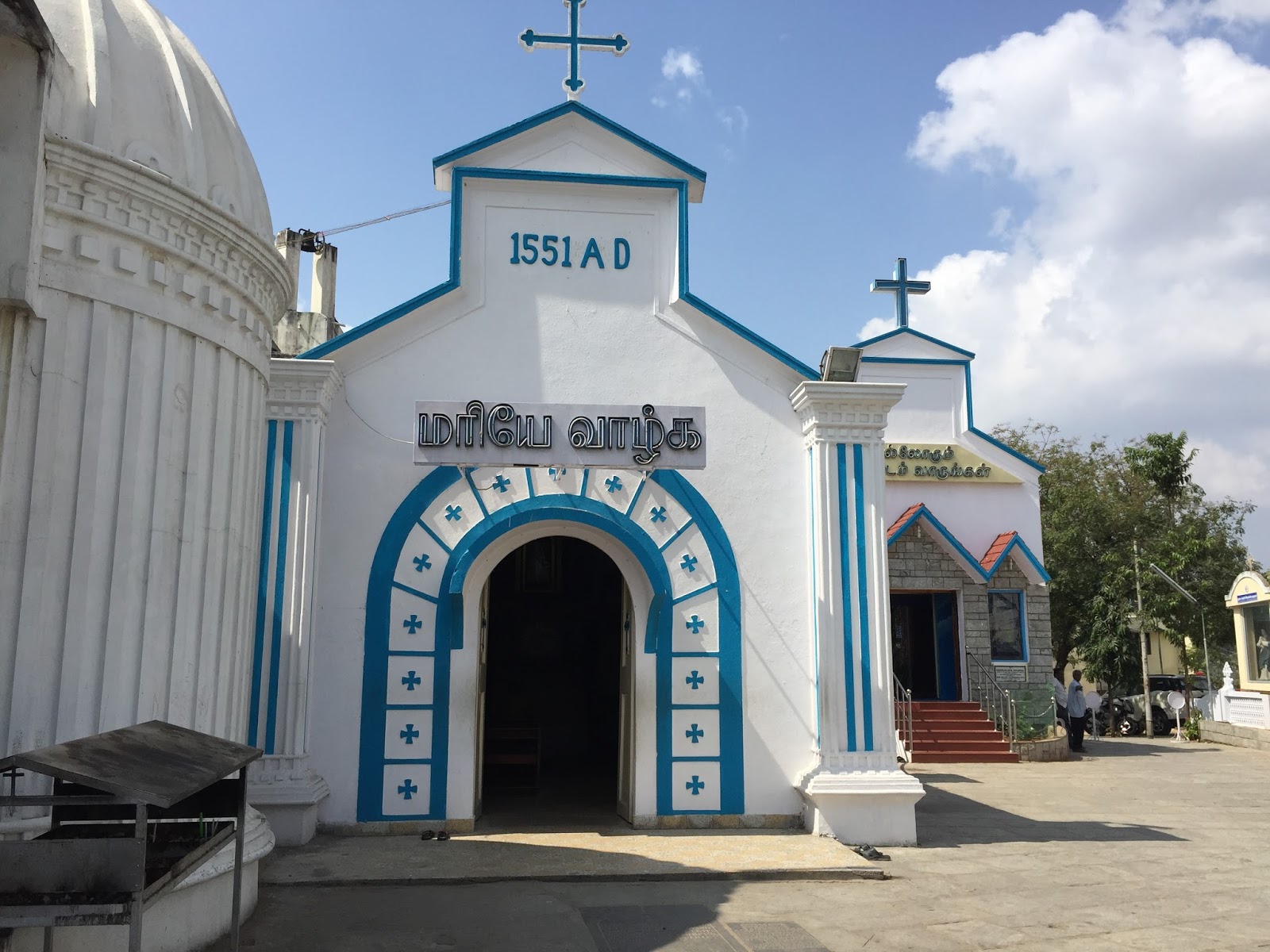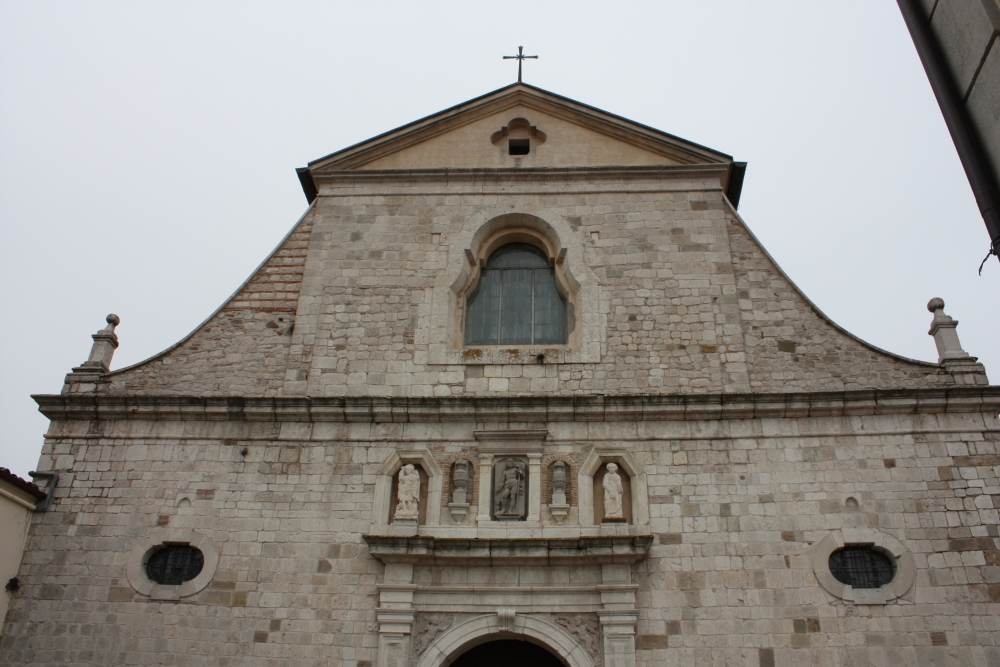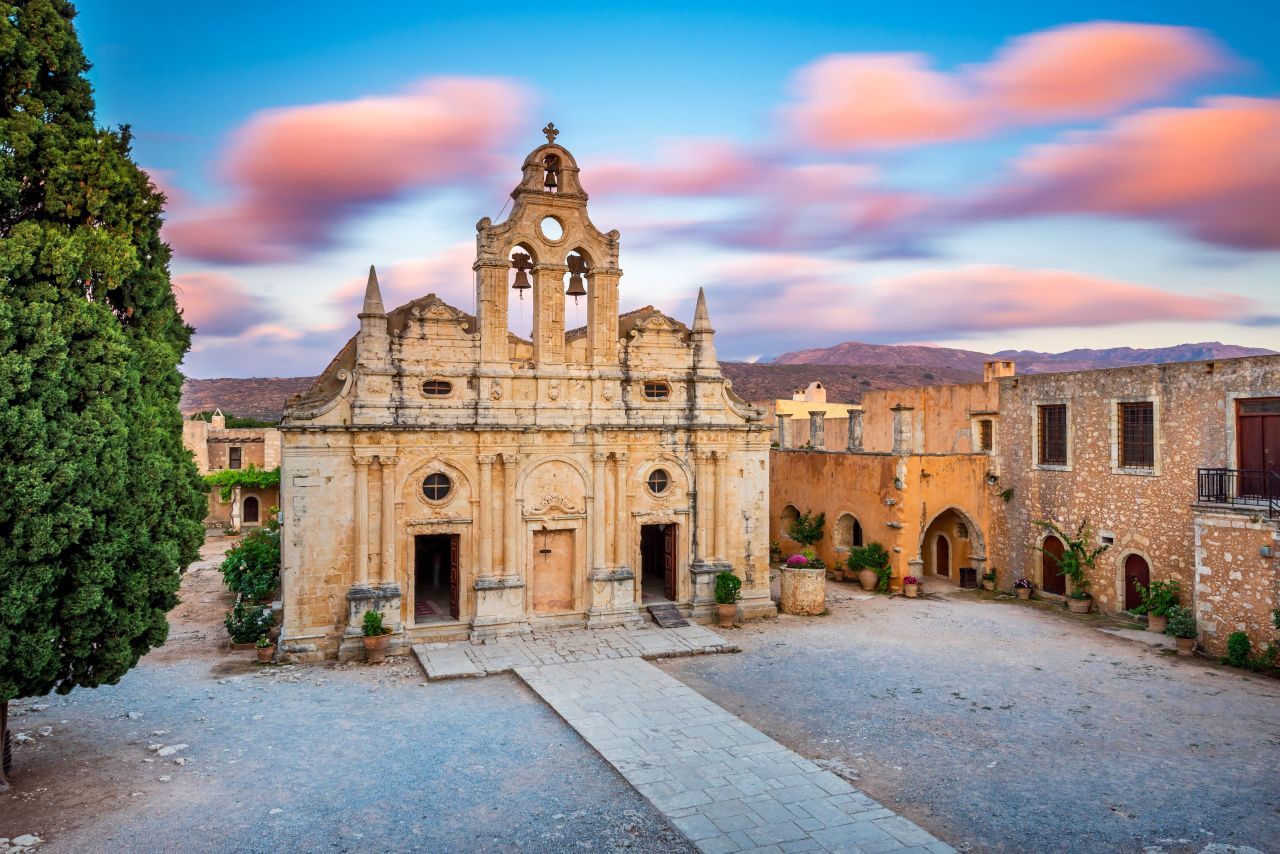The Basilica of San Vitale is one of the most important monuments of early Christian art in Italy, especially for the beauty of its mosaics. Founded by Julian Argentario by order of Bishop Ecclesius, the octagonal basilica was consecrated in 548 by Archbishop Maximian.
Eastern influence, always present in Ravenna architecture, takes a dominant role here both from an architectural point of view, as it blends elements of Eastern and Western traditions, and of the mosaic decoration, which clearly expresses the ideology and religiosity of the Justinian era. The three-aisled basilica is replaced by a central core with an octagonal plan, surmounted by a dome and resting on eight pillars and arches. The dome and niches were frescoed in 1780 by the Bolognese Barozzi and Gandolfi and the Venetian Guarana.
When one enters the basilica of San Vitale, the eye is captured by the high spaces, the stupendous mosaic decorations of the apse, and the large volumes and Baroque frescoes of the dome. Perhaps because of this upward tension one does not notice a small, lesser-known jewel. In the chancel, directly opposite the altar, a labyrinth is depicted on one side of the octagonal floor. Small arrows start from the center and through a winding pre-course head toward the center of the Basilica. In early Christianity, the labyrinth was often used as a symbol of sin and the path to purification. Finding the way out of the labyrinth is an act of rebirth.
Once you have completed the labyrinth path on the floor of San Vitale you can look up at the altar and contemplate the mosaics, which are among the most beautiful in Christendom.
